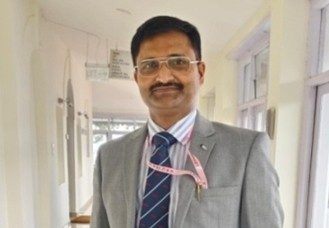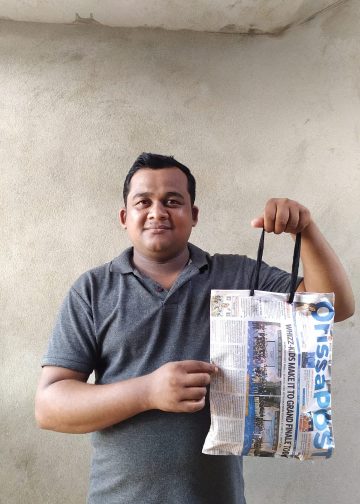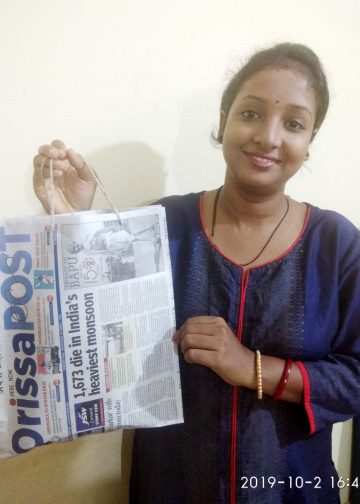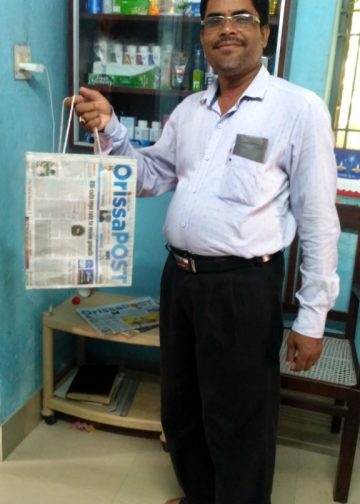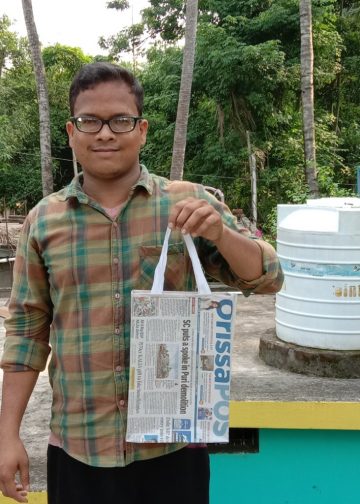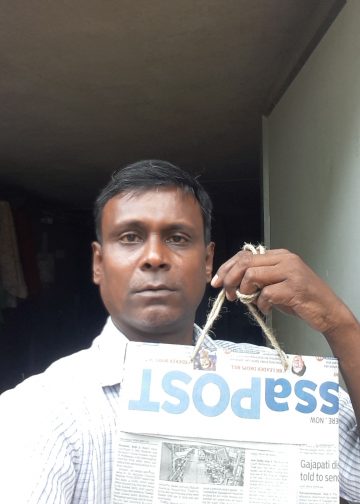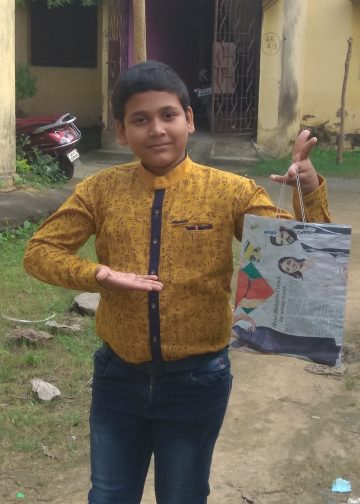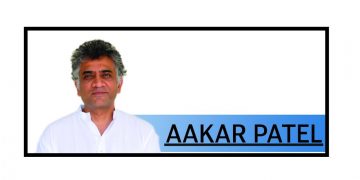By Bhagirathi Jena
Across the world, a quiet demographic transformation is unfolding—one that demands our immediate attention and collective action. Populations are ageing, not as a distant possibility but as a present-day reality. With the global community of older persons growing at an unprecedented pace, projected to constitute nearly 17% of the world’s population by 2050, we stand at a pivotal moment in history. This shift calls for nothing less than a fundamental reimagining of our social structures, moving beyond traditional concepts of ageing to recognise later life as a vibrant, productive phase brimming with potential. What’s required is an unwavering commitment to advancing human rights, strengthening legal protections, and systematically dismantling age-based discrimination to create genuinely inclusive societies where every older person can participate with dignity.
The challenges accompanying this demographic transition are both real and pressing. While medical advances have extended life spans worldwide, the traditional support systems that once sustained older individuals are weakening in many societies. Modern economic and social forces, while driving progress, have often disrupted intergenerational living arrangements and community bonds that historically provided both emotional and financial security. In this new reality, many older persons find themselves facing isolation and vulnerability.
Yet viewing older persons primarily through the lens of vulnerability does them a profound disservice. Beyond the statistics lie individuals with decades of accumulated experience, resilience, and wisdom. Their needs are often fundamental yet profound: not just material support, but genuine human connection—empathy, understanding, and the basic dignity that comes from being valued and heard.
Older people continue to serve as parents, grandparents, mentors, and economic contributors. What they seek is not pity but meaningful partnership. This partnership concept is crucial to unlocking what has been termed the “silver economy”—the recognition that older persons represent not a burden but a valuable social resource. Imagine initiatives that engage this vast pool of experience in education systems. Retired professionals from various fields could bring practical knowledge into learning environments, teaching everything from environmental stewardship to financial literacy.
Beyond formal education, older individuals have much to offer as community guides and supporters. Their life experience provides them with a unique perspective and empathy, making them ideally suited to assist younger people facing anxiety or families navigating difficult circumstances. Having weathered their own storms, they can offer guidance grounded in real-world experience rather than theoretical knowledge.
Within this vision, older women deserve special recognition as the often unacknowledged architects of our societies. Their wisdom, developed through roles as caregivers, managers, and preservers of tradition, represents precisely what communities need today.
This ongoing demographic shift reminds us that ageing is a universal journey that should be met with grace and dignity. The silver economy represents not just an economic opportunity but a cultural renaissance—a chance to rebuild social fabrics that modernisation has strained.
This transformation requires participation from all sectors of society. Educational institutions can develop programmes that bring generations together. Businesses can create flexible work arrangements that value experienced workers. Urban planners can design public spaces that are accessible and welcoming to people of all ages. Each of us can examine our own attitudes and behaviours toward ageing and older people.
The journey toward age-inclusive societies begins with recognising that ageing is not a problem but a natural part of human life to be embraced.
The writer is a senior officer at the Parliament of India.

